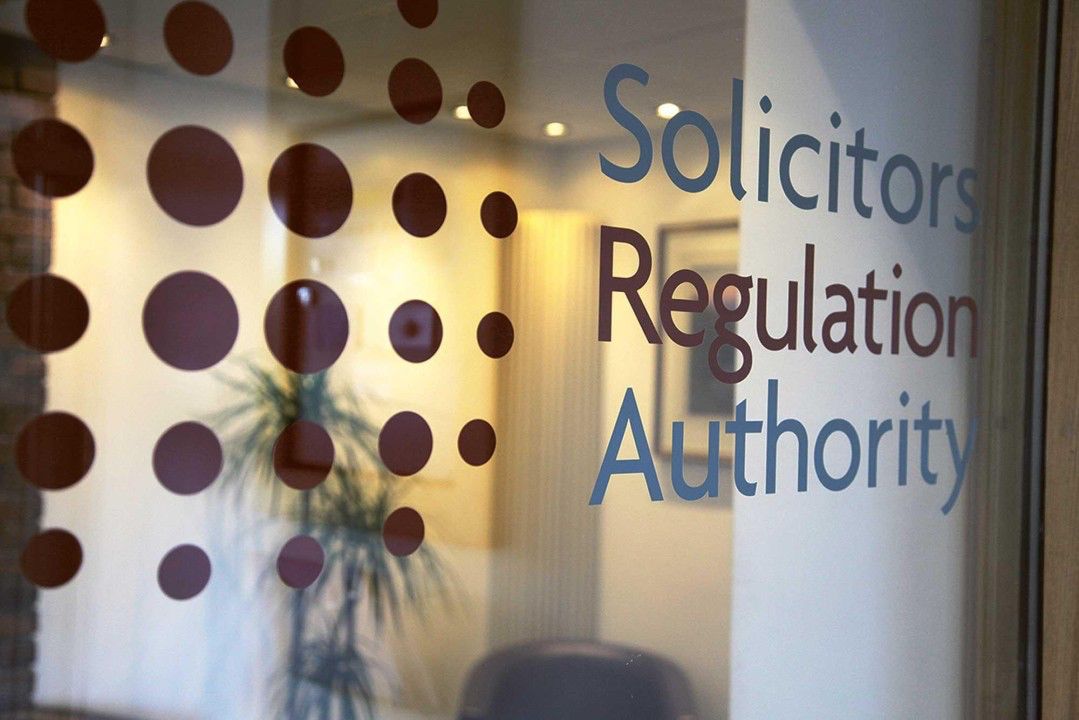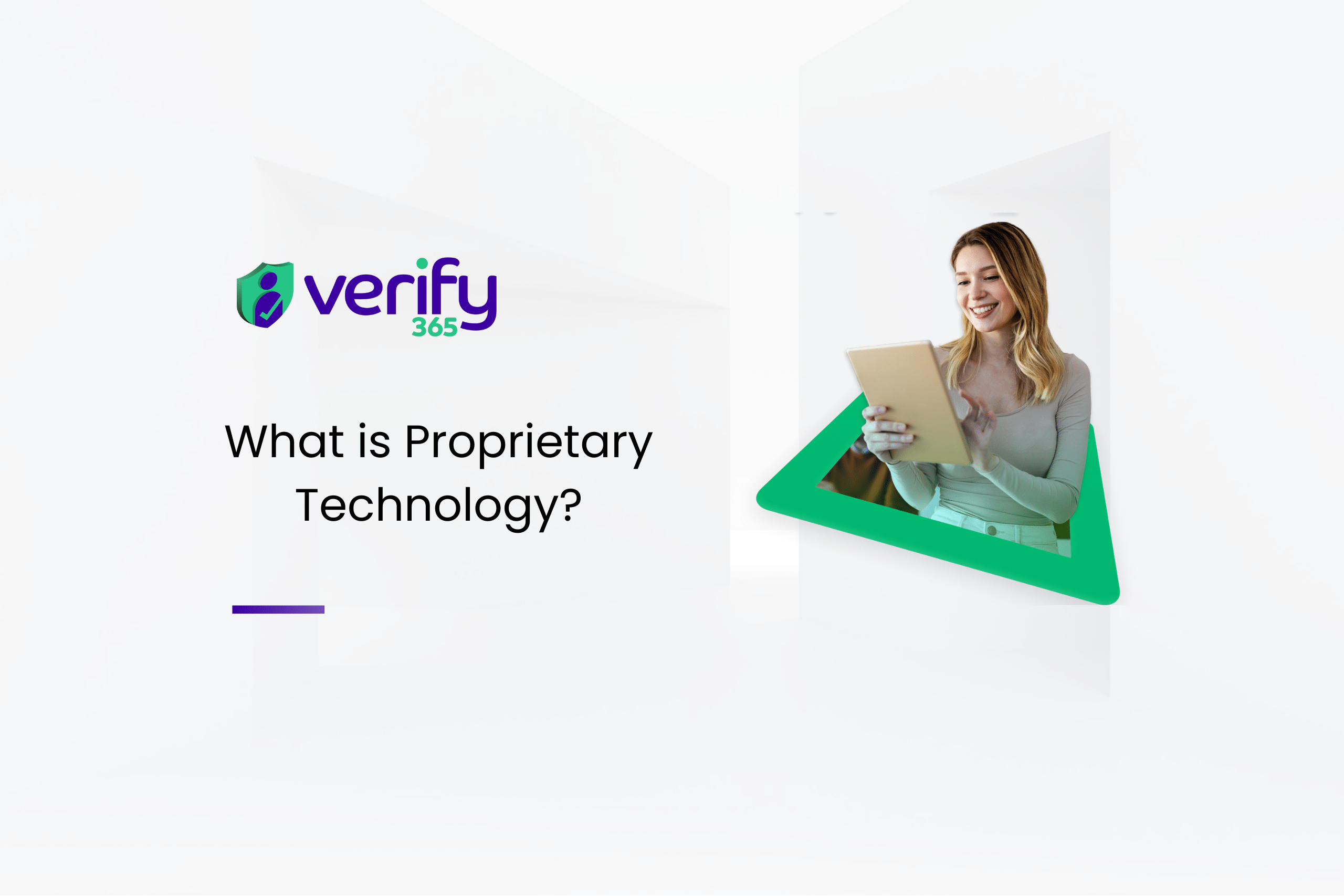When it comes to following anti-money laundering (AML) rules, understanding and verifying where a client’s money comes from is crucial. This is not just a formality, but an important part of staying compliant with the Proceeds of Crime Act 2002 (POCA) regulations.
This piece aims to explain the details of source-of-funds checks, highlight the obligations under the Money Laundering Regulations 2017, outline the steps to verify funds, and provide practical tips for protecting firms against money laundering risks.
The Importance of Source of Funds Checks
Amid the imperative to identify customers and their risk profiles thoroughly, it’s both strategic and necessary to prioritise understanding the origin of the client’s funds during the client due diligence (CDD) phase and throughout the tenure of their retainer.
Delving into the source of funds serves multiple purposes. It eliminates the veil of anonymity often exploited by criminals, lifts the subtleties of financial risk pertaining to certain clients, and critically, targets the lifeblood of money laundering: the laundering of criminal property. Notwithstanding the gravity of this matter, it remains an aspect steeped in obscure practices within the legal fraternity.
Section 327 of POCA articulates that engaging in concealing, disguising, converting or transferring criminal property, or facilitating its movement out of the UK, constitutes an offence. This underlines the paramountcy of accurate disclosure by legal professionals to mitigate concealment offences.
Common misconceptions stand as hurdles, such as the notion that source-of-funds enquiries are redundant post-identity verification, or the illusion of purity associated with funds derived from banking institutions. These flawed beliefs warrant immediate rectification.
Regulatory Obligations under the Money Laundering Regulations Act
Your obligations, as dictated by the Money Laundering Regulations 2017, pertain to:
- Ongoing monitoring (Regulation 28)
- The need for Enhanced Due Diligence (EDD) and ongoing monitoring in high-risk scenarios, including interactions with Politically Exposed Persons (PEPs) (Regulations 33 and 35).
To satisfy these mandates, legal professionals must conduct due diligence to ensure transactions align with the understood risk profiles of clients, apply enhanced scrutiny where higher money laundering risks are identified, and, in the case of PEPs, establish the provenance of both wealth and funds.
Fulfilling obligations under POCA necessitates reporting suspicions of money laundering, translating to an imperative to analyse whether financial transactions hint at the involvement of criminal property.
Steps for Verifying Source of Funds
Verification of the source of funds begins with assessing the agreement between the funds and both the client’s risk profile and the nature of the retainer. Doubts may pivot on specific offences, including tax evasion or benefits fraud, or inconsistencies in transaction conduct that resist logical explanation.
Documentation serves as the underpinning of verification; possessing evidence that substantiates the client’s stated source of funds and examining it contextually is paramount. Evidence may encompass bank statements, business accounts, documentation of asset sales, or other confirmable financial events.
Should concerns about the veracity of funds linger post-document analysis, further contemplation on the potential engagement in money laundering is warranted. Prudent documentation of the enquiry process serves as a shield, should transactions later come under regulatory or law enforcement scrutiny.
As LawTech Software Group CEO Rudi Kesic underscores, “Verifying the source of funds is not just a procedural step but a crucial safeguard in the legal sector. Without thorough verification, there is a risk of the legal community unintentionally facilitating financial crime. It also has a wider impact on society and the economy. Ensuring the integrity of financial transactions protects not only individual firms but also the entire economic system from the harmful effects of illicit money flows. This highlights the vital role of due diligence in the fight against money laundering, emphasising the need for legal professionals to maintain the integrity of financial institutions with unwavering diligence.
Money Laundering Prevention: Key Considerations
To immunise your firm from the threats of money laundering, it’s critical to question funds deposited into client accounts critically, even when sourced from seemingly reputable banks. The essence of protection lies in evaluating the alignment of client funds with known client data and forming an informed assessment of money laundering risk.
In striking a balance between vigilance and practicality, the risk-based approach prevails, allowing legal professionals to leverage their expertise about the typical funding mechanisms of retainers within their practice areas.
The adage holds true: without the presence of criminal property, there cannot be a case of money laundering. Thus, rigorous analysis combined with professional judgement is crucial in discerning legitimate from criminal financial activity.
As stewards of the financial legalese, we shoulder the responsibility of ensuring compliance with AML protocol while simultaneously safeguarding our firm’s integrity. It is not merely a regulatory requirement but an ethical imperative that fortifies the bulwarks of justice and upholds the law’s sanctity.
Solutions To Ensure Thorough Checks are Completed
With completing due diligence and analysing source of funds data an essential element of the onboarding processes, there are solutions out there firms can utilise to ensure they are adhering to regulations in place while also confirming exactly who they are working with.
One of those solutions is innovations in legal technology. The influence of technology within the legal sector is growing at a significant rate with lawyers, solicitors and conveyancers looking to streamline their processes while also completing efficient, compliant checks so they complete the necessary due diligence and identify their clients.
Analysing source of funds data is a vital and technological breakthroughs have allowed this process to be much easier. Products like Verify 365 that are changing the legal landscape and allowing legal professionals to complete the necessary checks while adhering to the regulations in place.
An innovative client onboarding platform and ideal AML solution, Verify 365 allows firms to complete compliant company checks and analyse source of funds data. As part of one digital client onboarding workflow, our source of funds questionnaire feature delivers a paperless solution that gives you clear insight and analytics when identifying the origin of funds for a purchase.
Using Open Banking and our source of funds questionnaire you can quickly identify any unusual financial activity. It’s one of the most useful tools available when identifying funds and meeting AML compliance and it is entirely automated for your matter. Trusted by law firms across the UK, 95% were able to verify the information provided on the first attempt, ensuring efficiency and effectiveness.
Rudi Kesic added, “Verify 365 not only helps law firms perform quick and thorough checks but also provides assurance that compliance measures are strong and technologically advanced. In a time where compliance breaches can have serious consequences, our platform’s comprehensive features empower legal entities to uphold strict AML standards and surpass traditional due diligence protocols. It is a crucial tool in ensuring that the legal sector operates with integrity and remains free from illicit activities, preserving the profession’s reputation and safeguarding the financial system. By leveraging tools like Verify 365, firms can prevent unintentional facilitation of illegal activities through improved verification processes and digital automation.
In addition to completing source of funds checks and identifying source of wealth, Verify 365 uses innovative biometric identification verification technology to confirm the identity of a client within minutes. Our award winning, government graded technology allows legal professionals to identity their client in a fast, effective way using facial recognition and enhanced cryptography. Verify 365 can analyse over 10,000 legal documents from 195 countries, ensuring you are completing full due diligence to not only identify a business and its financial position but also the person behind the business.
In conclusion, the imperatives of combatting money laundering through rigorous due diligence cannot be overstated. Legal professionals must not only be intensely scrupulous in verifying sources of funds but also remain ever-vigilant against emerging classifications of financial crime. The incorporation of robust technologies like Verify 365 into legal workflows represents a paradigm shift, enabling better compliance practices and offering reassurance in the integrity of financial transactions.
Embracing these innovations is not a choice, but a responsibility. It ensures that companies move forward into a future where effective AML strategies are seamlessly integrated with core business functions. Continuously evolving and adapting these practices in line with regulatory expectations is crucial. It reinforces the legal sector’s role in maintaining the health of the broader financial system and upholding the rule of law.






